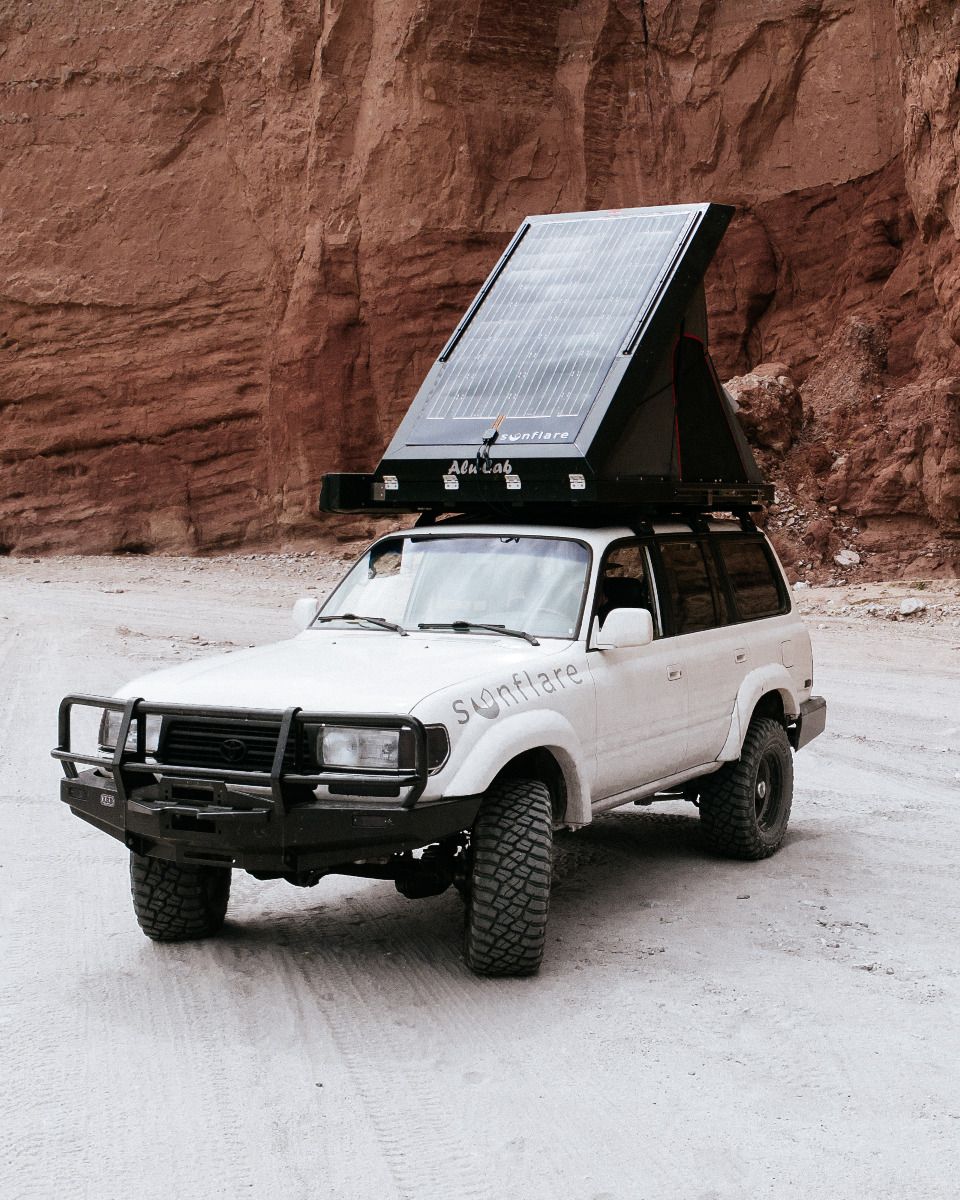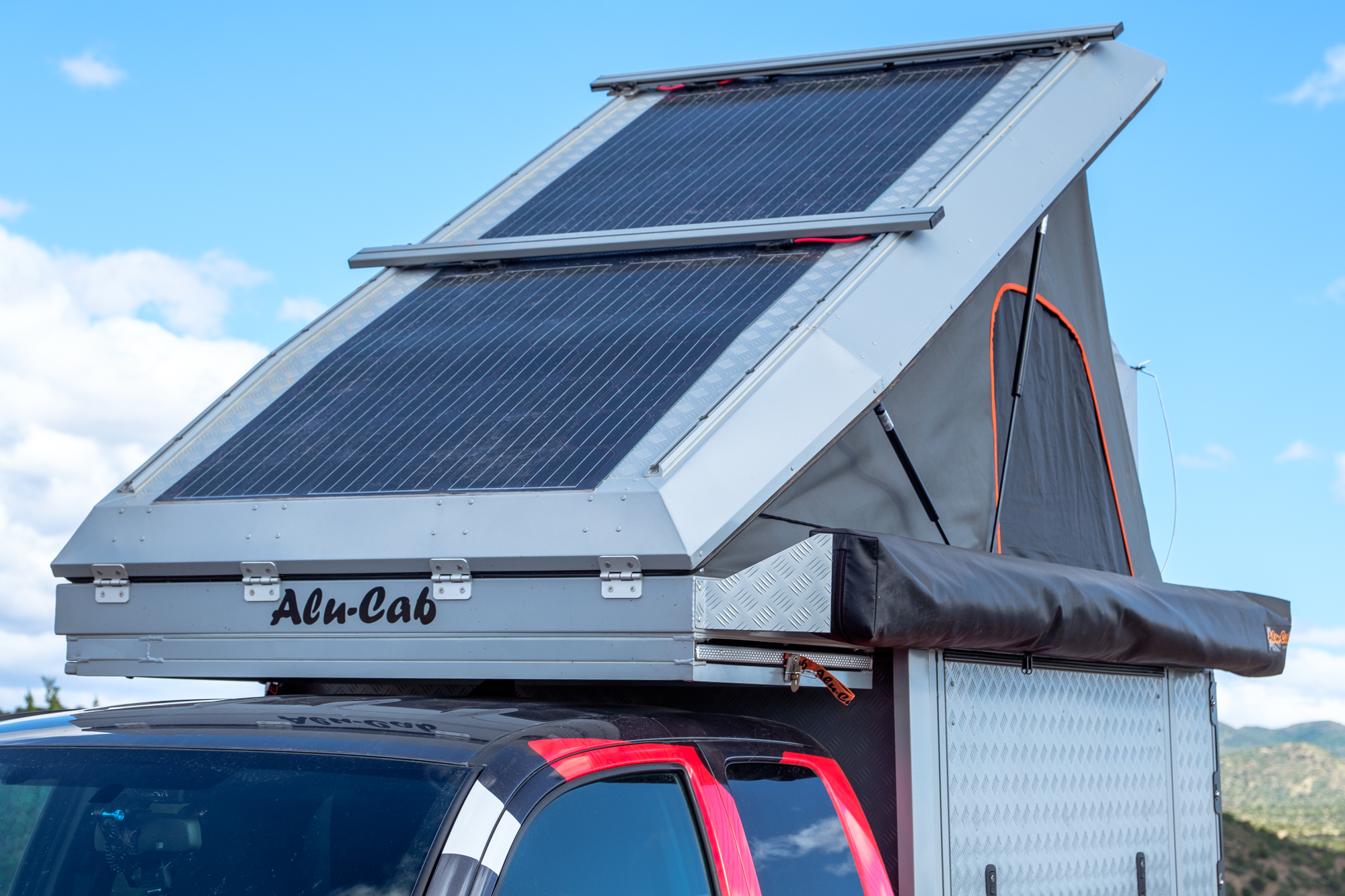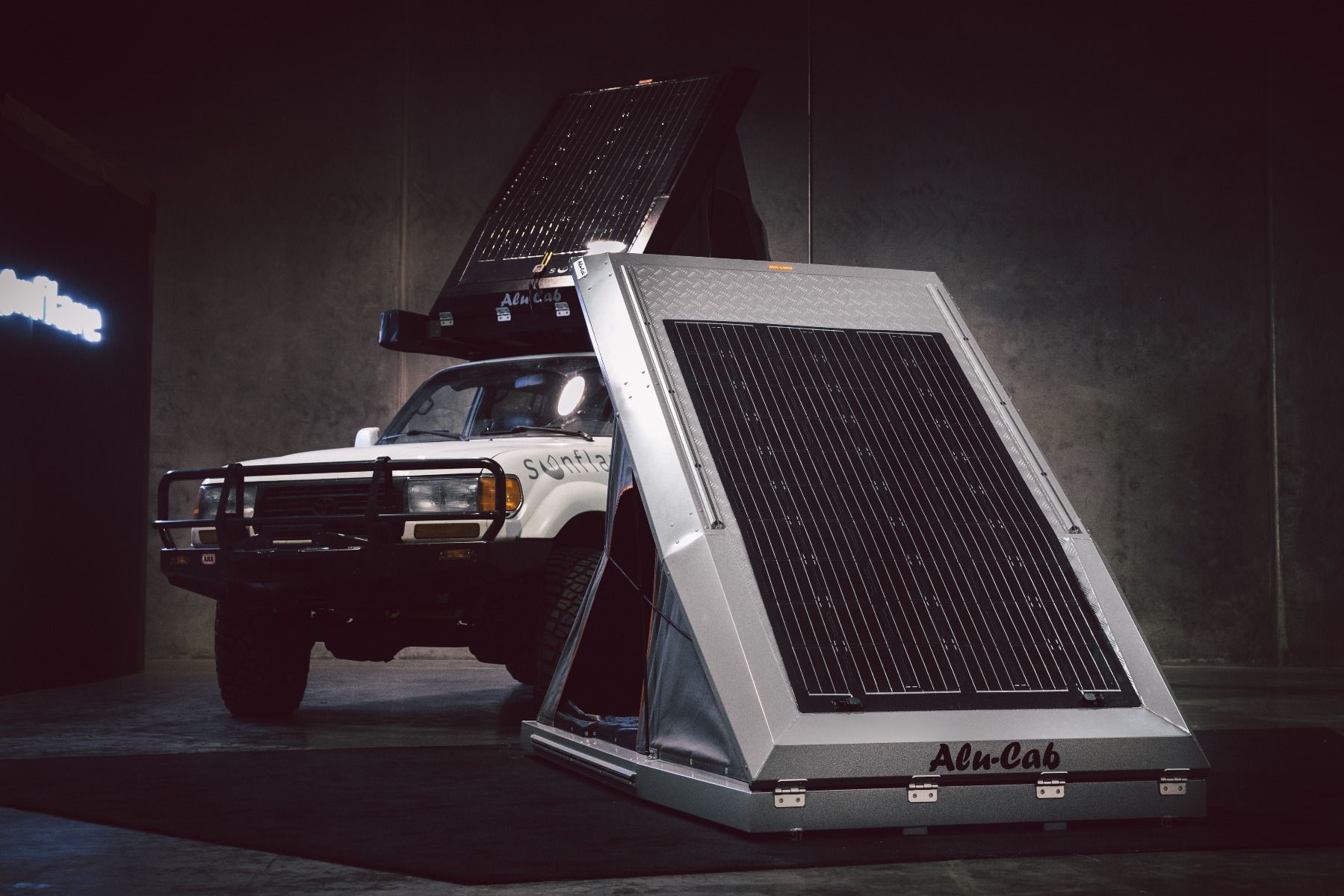Between powering refrigerators, running lights at night, and charging phones, tablets, and cameras, we burn a lot of power as overlanders. Solar panels have become the go-to solution for keeping up with these draws, but understanding what components you’ll need, and then choosing high-quality ones among the sea of options these days is no small task. That’s why we’re taking a look at an innovative package now available from Sunflare and OK4WD. It’s a solar combo that the companies claim is not only easier to install on a greater number of surfaces but is more efficient and durable than many panels on the market.

What makes the Sunflare panels unique is their utilization of mass-produced CIGS solar cells, which have thinner layers of semiconductors than standard silicon panels and absolutely no glass substrate. In layman’s terms, they’re not only significantly lighter than traditional panels, but far more flexible, and that matters more than you might think. The obvious benefit of greater flexibility is a broader range of applications on curving surfaces. Wasted spaces like the roof of your hardshell tent are ideal places to apply a panel, and because they’re adhesive-backed, the installation won’t require drilling or mounting frames and hardware.
The flexibility and lack of glass in Sunflare panels not only make installation easier, but they also help eliminate the micro-cracking that traditional silicon cells experience when rattling off-road, thus reducing the rate at which the panel’s efficiency drops over time.

Sunflare’s list of features to love goes on, though, as they’re also more efficient in partial shade. Imagine for a moment, a string of old-school Christmas lights. If one light goes out, the whole string fails, right? Well, the same occurs with strings of solar cells in traditional panels. Each cell is wired inline, so if shade from a tree branch falls on one of them, the whole string will become ineffective. On a larger scale, if one cell in each string is shaded by the dappled light of a tree, the whole panel could shut down. That’s why Sunflare wires each of their cells with an integrated bypass diode, allowing partially shaded cells to turn off so power can continue to flow through the rest of the panel unimpeded. Combine that with the panel’s low light efficiency, which draws up to 10 percent more power at dawn, dusk, and on cloudy days, and you could say their performance really shines. Ba dum tss.
Other benefits include their low-temperature coefficient, which enables them to perform better in the heat of midday sun, and impact resistance that can withstand 1-inch hail striking at over 50 mph. Sunflare’s panels are even more eco-friendly to produce than traditional silicon panels, claiming only 1/10 of the carbon footprint of comparable hard panels.
OK4WD offers Sunflare panels individually, or as kits which will include either a 180-watt, 126-watt, or 105-watt solar panel, plus everything else you need to wire your system: components like a Victron 75/15 Smart solar charge controller, a 20-foot wiring kit, and a Victron BMV-700 battery monitor.
Pricing starts at $449, and you can learn more about each offering by visiting the OK4WD website here.



